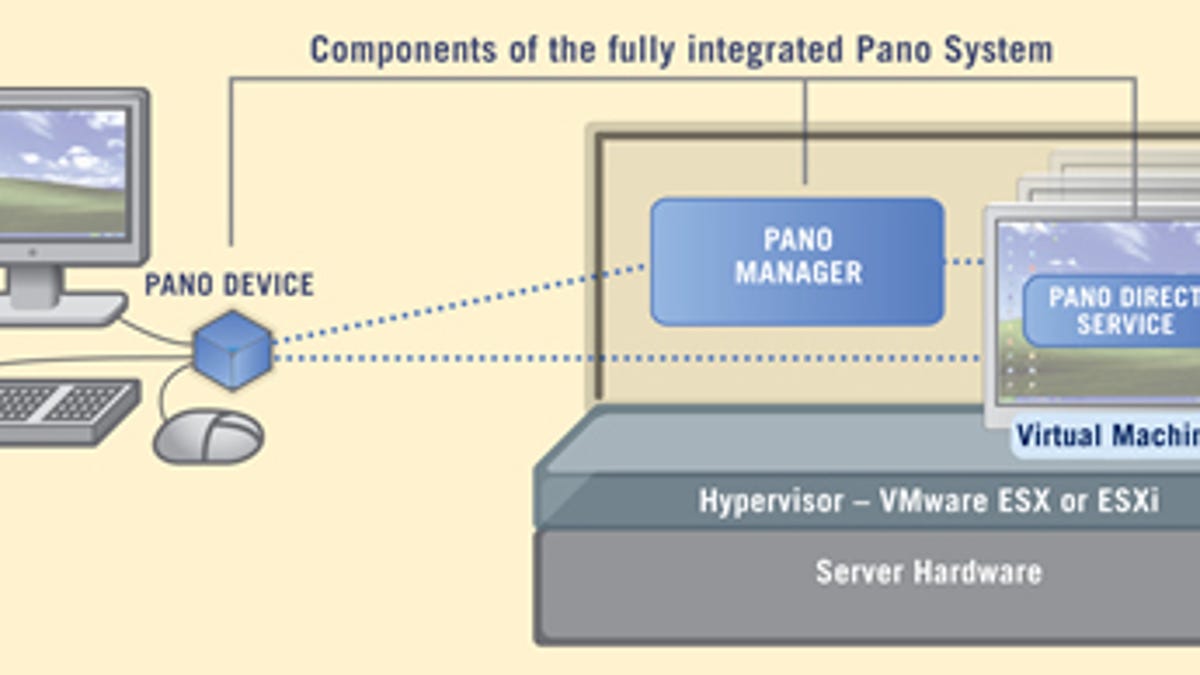New York hospital revives ailing computer network
St. Vincent's Medical Center switches to desktop virtualization and sees big savings in both staff time and electric bills.

It's no secret that the installed base of technology at large medical facilities needs refreshing, especially as hospitals work toward digitizing medical records.
At St. Vincent's Catholic Medical Center in New York, a nonprofit with 42 facilities across five boroughs, the constant accessing and updating of patient records through the hospital's shared-bandwidth MPLS network resulted in unacceptable lag time pretty much all day, every day.
So Kane Edupuganti, director of IT Operations & Communications, convinced the higher-ups to retire the hospitals' hundreds of five-plus-year-old desktops and buy more than 600 zero client cubes from Pano Logic.
"About six months ago we did the proof of concept and rolled out our first batch in three weeks," Edupuganti says. "That's how easy it was. Right now we are at 300 and change, and we'll be at 640 by the end of the year."
By opting for virtual desktop infrastructure (VDI), St. Vincent's went from being bogged down on the MPLS network to running applications and the desktop in the data center, with screen scrapes done to an endpoint device.
Edupuganti has placed his faith in Pano Logic because the stateless, tiny Pano Device (3 inches by 3 inches by 2 inches) "simply serves to connect peripheral devices--a keyboard, mouse, VGA display, and audio output--along with other USB peripherals, to a virtualized Microsoft Windows desktop operating system running on a server in the data center."
No OS, no CPU, no memory, no fan, no moving parts at all. As Edupuganti puts it, the devices are essentially just screensharing, using VMware ESX in the background to spin up the hospitals' virtual desktops. If a nurse was in the middle of updating a record and is interrupted (not uncommon in a hospital setting), the nurse could finish updating via an entirely different cube in a distant unit.
Beyond the obvious savings in staff time, from the perspective of not only medical personnel but the center's eight engineers who serve 7,000 people, Edupuganti is already seeing enormous energy savings, with each cube using less than 3 percent of even EnergyStar PCs: "Regular fat PCs suck up 140 to 160 watts; Pano Logic uses 5. Multiply that times 500 units. It's huge."
And it needs to be. In its existence BP (Before Pano), St. Vincent's was purportedly one of New York State's top five power hogs. The significant reduction in energy costs is not only good for the environment, but a key factor in justifying the cost of the Pano devices.
Of course, the cubes are only as good as the network, whose occasional blips result in blank screens on the user's end that a simple restart does not fix, and can be a nuisance when the entire IT department is sleeping soundly at home. But that's a small price to pay, compared to the fat client problems that came before.

